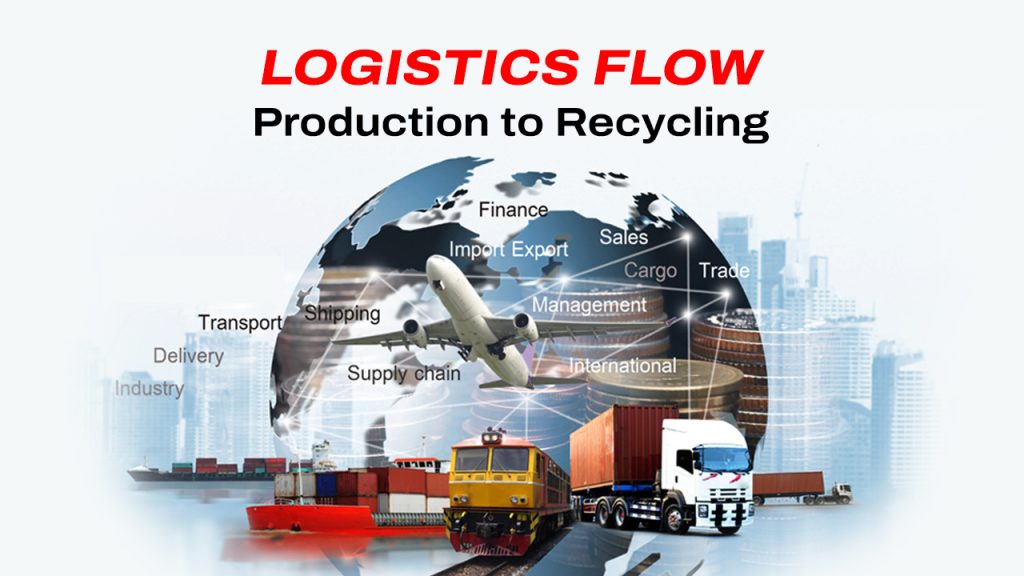There are various branches of logistics, each with their own duties and details. Production, sourcing, sales, and recovery logistics are the key divisions. These functional categories include many different tasks, including order processing, materials handling, inventory control, transportation, storage, and distribution.
Production Logistics
The execution, control, and planning of storage and transport for finished, semi-finished, spare, and purchased parts as well as operating, auxiliary, and raw materials are just a few of the many operations that production logistics encompasses. In order to shorten lead times, it is important to maintain an effective and smooth flow of shipments.
Procurement Logistics
Procurement logistics is primarily concerned with locating and transporting the raw materials required to make things. It includes actions connected to acquiring the raw materials, replacement parts, and auxiliary and operating supplies needed for industrial operations. Additionally, the organisation, storage, and transportation of shipments to and from warehousing facilities fall within the purview of this branch of the supply chain. Implementing purchase strategies, communicating with producers, suppliers, and customers, adhering to selection guidelines, and procuring products are often the responsibilities of procurement employees.
Retail Logistics
Sales logistics’ fundamental goal is to fulfil orders as efficiently and effectively as possible. However, this branch comprises a variety of tasks, such as tracking shipments, ordering goods, predicting demand, and more. Sales logistics generally refers to the operations required to transport of goods from manufacturing and warehousing locations to retailers or final consumers.
Restoration Logistics
This department, also referred to as reverse logistics, handles the movement of goods from customers back to producers and sellers. It may also include tasks where consumers are in charge of a product’s resale, refurbishment, or recycling. The ultimate objective is to either get rid of the product or make it valuable again.
Recovery logistics also emphasises the reconditioning, refurbishment, and remanufacturing of products in order to reuse them. Businesses frequently salvage useable and interchangeable components, a practise known as “parts cannibalization.” Reconditioning refers to the process of disassembling, cleaning, and reassembling finished goods.
Functions of Logistics
Across all branches, logistics includes a wide range of tasks, such as:
- Predicting demand
- Inventory control
- Warehousing (storage, retrieval, caring, and packing of commodities) (storing, retrieval, care, and packaging of goods)
- Control and observation of every process
- Transportation administration
- Order processing and material handling
For instance, there are a number of processes involved in processing an order, including checking for availability, making plans in case of a shortfall, assessing delivery dates, payment options, prices, negotiated terms, etc. Order processing is facilitated by material handling because it makes it possible to handle inventory quickly, ensuring that orders are filled precisely and effectively. Last but not least, warehousing includes a wide range of tasks include selecting goods for production, assembly, and shipping, transferring inventory between facilities and inside the warehouse, and putting goods away. Additionally, warehousing entails tasks including packaging, grading, storage, sending and receiving commodities, and protecting goods.

